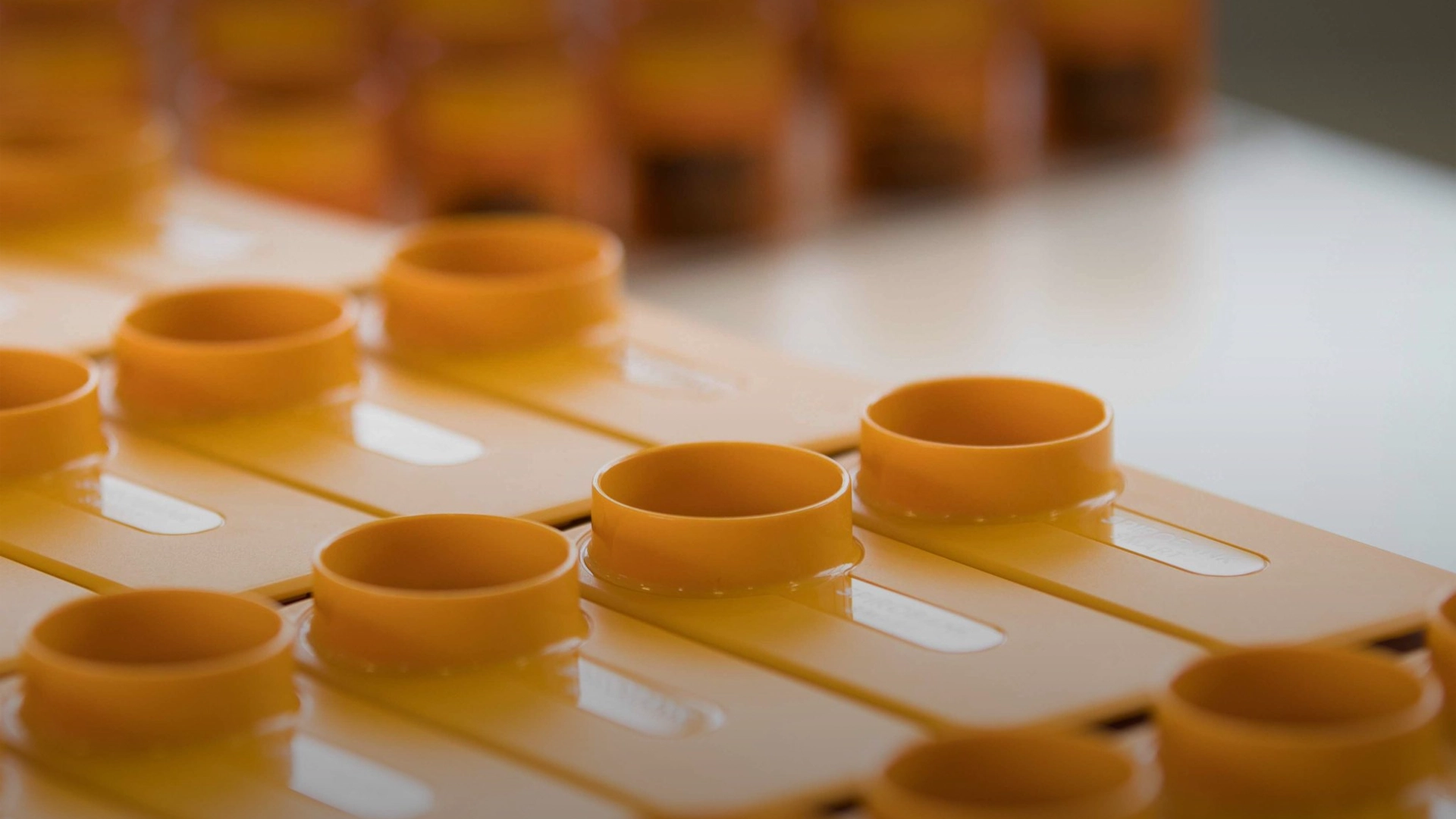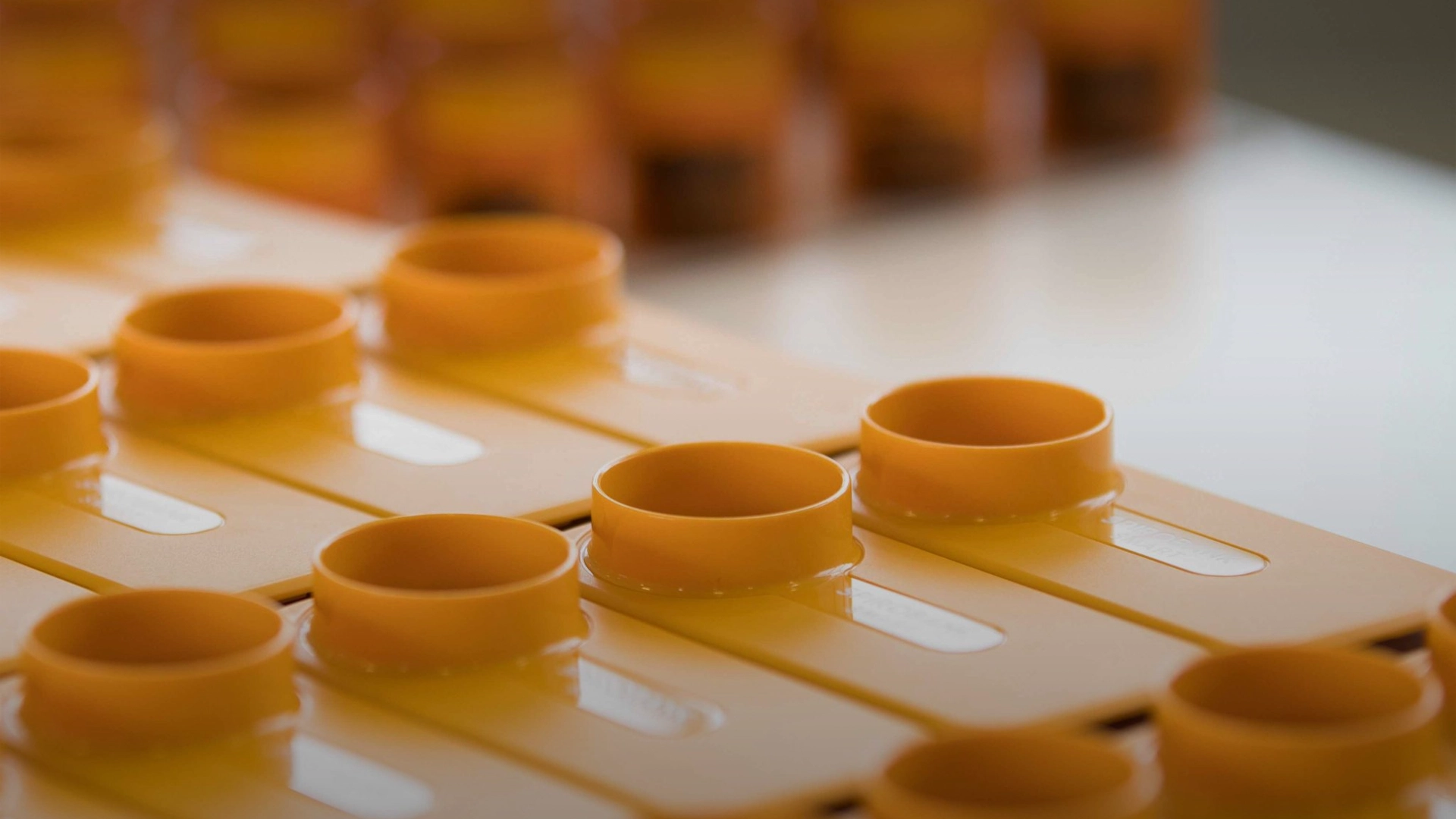Medical Device Injection molding is a widely used manufacturing technology within the healthcare industry, thanks to the numerous advantages for a spread of applications.
Among the key advantages of the injection molding process are its ability to satisfy the exacting specifications and regulatory needs of the medical industry.
Medical manufacturers have found that plastic injection molding medical parts, components, and devices are among the foremost effective ways to achieve the standard and specifications they have in a cost-effective and efficient manner.
The process of medical device plastic injection molding is often applied to just about any area where durable, sterilization-friendly parts are required at high volume and with exceptional accuracy in production.
Benefits Of Injection Molding In Medical Device Production
In drawing upon injection molding, medical industry suppliers and makers gain access to many benefits inherent to the method and therefore the materials available.
These benefits include:
- Cost-efficiency — the character of injection molding makes it one among the less expensive manufacturing processes available, especially at high volumes. When medical parts, components, and devices are required in bulk, plastic injection molding will nearly always be the foremost cost-effective option.
- Exceptional accuracy — Tight-tolerance production is critical in medical device manufacturing, where millimeters or microns can make the difference within the successful performance of a component. Skilled plastic injection molding facilities are ready to produce high quantities of components and devices with exceptional accuracy and negligible variance from piece to piece.
- Material selection — Plastic injection molding boasts one among the broadest material selections of any manufacturing process. While medical-grade requirements necessarily narrow this scope, the amount of materials that meet these critical specifications remains significant. We’ll discuss material selection later during this piece.
- Durability — Many plastics utilized in injection molding offer superior strength and sturdiness, resisting harsh environments, vibration, and blunt force without cracking, breaking, or shattering. Many injection molding plastics also possess the warmth resistance to be repeatedly sterilized via autoclave and other means.
- Contaminant resistance — The plastic materials utilized in medical device injection molding are designed to be immune to contaminants and simply sterilized. Moreover, the injection molding process itself is definitely ready to meet FDA and other requirements.
Medical Device Plastic Injection Molding Considerations
Plastic injection molding for medical devices may be a critical process where the stakes of failure are very high. As such, several considerations must be taken under consideration during the planning and manufacturing processes. These include:
- FDA regulations — As mentioned above, FDA regulations for cleanliness and sterility are a major consideration for medical components, both within the parts themselves and within the manufacturing process. Make sure your manufacturing partner is in a position to pass audit or other regulatory requirements for medical-grade approval.
- ISO certification and compliance — ISO regulations govern processes and outputs across numerous industries, including the medical industry. At a minimum, a facility producing medical components must meet ISO 13485:2003 standards with further compliance to Class I, II, or III required, counting on the products being manufactured. Standards for biocompatibility, like ISO 10993, can also be required, additionally to other application- or product-specific standards. Make certain that you simply or your manufacturing partner is conscious of the standards associated with your application which the power is in a position to satisfy and sustain compliance via audit.
- Material properties — the material chosen for medical components and devices must display specific physical properties so as to be suitable for these applications. These include:
- Ability to be sterilized — this is often a minimum requirement for any medical component, whether equipment housing during a facility or a part of a tool that interacts directly with the physical body. Materials must be contaminant-resistant and ready to be sterilized so as to stop harm to those with whom they interact.
- Suitability for extreme environments — Bio-implants must be ready to handle the difficult environment of the physical body, including reliable operation and sturdiness when exposed to heat, liquid, corrosives, vibration and other movements, and more. Fortunately, many plastics utilized in injection molding meet those requirements.
- Durability — Easily breakable materials just aren’t practical within the medical industry, where they’re a serious danger. Make sure that your selected material offers the shatter and breakage resistance necessary within the medical field.
- Ability to be sterilized — this is often a minimum requirement for any medical component, whether equipment housing during a facility or a part of a tool that interacts directly with the physical body. Materials must be contaminant-resistant and ready to be sterilized so as to stop harm to those with whom they interact.
Injection Molding Isn’t Only About Manufacturing But Starts From Design
Although injection molding is a production technology, you’ve got to manage this task long before the manufacturing along the development process.
This is based on 4 phases:
- Injection Molded Part Development
Developing injection molded parts involves a variety of unique considerations, including:
- Plastic part design techniques — These industry-standard techniques incorporate strategic, functional, and technical requirements also as stress-reduction best practices.
- Material selection — Each individual material is best suited to different applications. Selecting the proper material for your injection molded part can spell the difference between success and failure.
- Engineering tolerances — Counting on your product’s unique specs, application, and environment, you’ll need to anticipate and define a group of specific manufacturing tolerances for your injection molded parts.
- Plastic part design techniques — These industry-standard techniques incorporate strategic, functional, and technical requirements also as stress-reduction best practices.
- Engineering Analysis and Risk Reduction
The following inquiries are a number of the performed analyses aimed to make sure the 3D model is moldable, will function needless to say, and meets required safety parameters.
- DFM (Design for Manufacturing) is that the method of design to supply maximum quality of producing process. This process integrates the manufacturing preliminary evaluation with engineered parts. DFM allows implementation of all potential improvements such as staple, the shape of the staple, dimensional tolerances, finishing et al., already within the engineering phase where it’s the smallest amount expensive place to deal with them.
- Mold Flow Analysis is a special simulation to verify parts’ behavior during and after the molding process, allowing to reinforce mold design and make the very best quality products possible. It helps to make molds of the very best quality, maximize product performance and appearance, improve manufacturability, and choose the simplest materials. We transform analysis in changes/improvements to be applied to molds, so as to possess the specified product.
- DFM (Design for Manufacturing) is that the method of design to supply maximum quality of producing process. This process integrates the manufacturing preliminary evaluation with engineered parts. DFM allows implementation of all potential improvements such as staple, the shape of the staple, dimensional tolerances, finishing et al., already within the engineering phase where it’s the smallest amount expensive place to deal with them.
Based on the results of our analysis, we refine your injection molded part’s design and finalize an entire set of part specifications.
- Identify the proper Injection Molder
Selecting the proper plastic part mold maker is yet one more key decision point within the injection molded part development process. For one thing, plastic part quality ranges from manufacturer to manufacturer. Additionally, not all injection molders have equivalent strengths and capabilities.
For example, as a medical device company, you wouldn’t want to partner with an injection molder that focuses on making garden furniture. Likewise, if you’re getting to produce small spare extra-tight tolerances, you shouldn’t select a supplier that sometimes produces larger items.
Molding a medical part requires special care and a spotlight to detail — not to mention another layer of paperwork, documentation, and validation. We screen injection molders with this in mind.
In addition, we qualify vendors to verify that they’re truly capable of manufacturing the parts in question consistent with our stringent specifications. Many suppliers are willing to require projects on the acute outer limits of their capabilities. We source injection molders whose capabilities are ideally suited to your project.
- Transfer to Manufacturing
At this stage, our goal is to stay you and therefore the manufacturer on an equivalent page — and on the proper track — and to ensure compliance with the agreed quality standards.
If you would like expert advice for your next medical device, contact us and we’ll provide you with advice on the simplest technology to use, the simplest materials to satisfy your medical device requirements and guide you through each development step.
We will support you to seek out the proper plastic for your medical devices considering the mix of high flexibility – during a way that it is often molded into the shapes you would like for your device-, competitive costs, chemical resistance, and improved safety for the patient.
Creanova has in-depth experience in plastics for the Healthcare industry, so we will bring your medical project at any step of development and we can support you with a 360° solution: from design, engineering, prototyping up to medical device contract manufacturing (including medical device tooling, production, and final assembly, certified ISO 13485).

